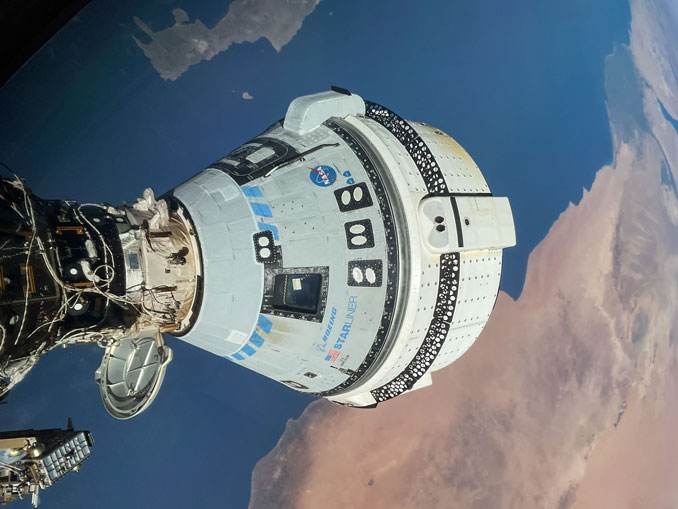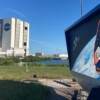23
Jun
Perseverance Mars rover digs into intriguing ‘Bright Angel’ rock formation (photo)
NASA Space Technology NASA’s Perseverance Mars rover acquired this image with its Front Right Hazard Avoidance Camera A on June 16, 202...



 Hot Deals
Hot Deals Shopfinish
Shopfinish Shop
Shop Appliances
Appliances Babies & Kids
Babies & Kids Best Selling
Best Selling Books
Books Consumer Electronics
Consumer Electronics Furniture
Furniture Home & Kitchen
Home & Kitchen Jewelry
Jewelry Luxury & Beauty
Luxury & Beauty Shoes
Shoes Training & Certifications
Training & Certifications Wears & Clothings
Wears & Clothings








